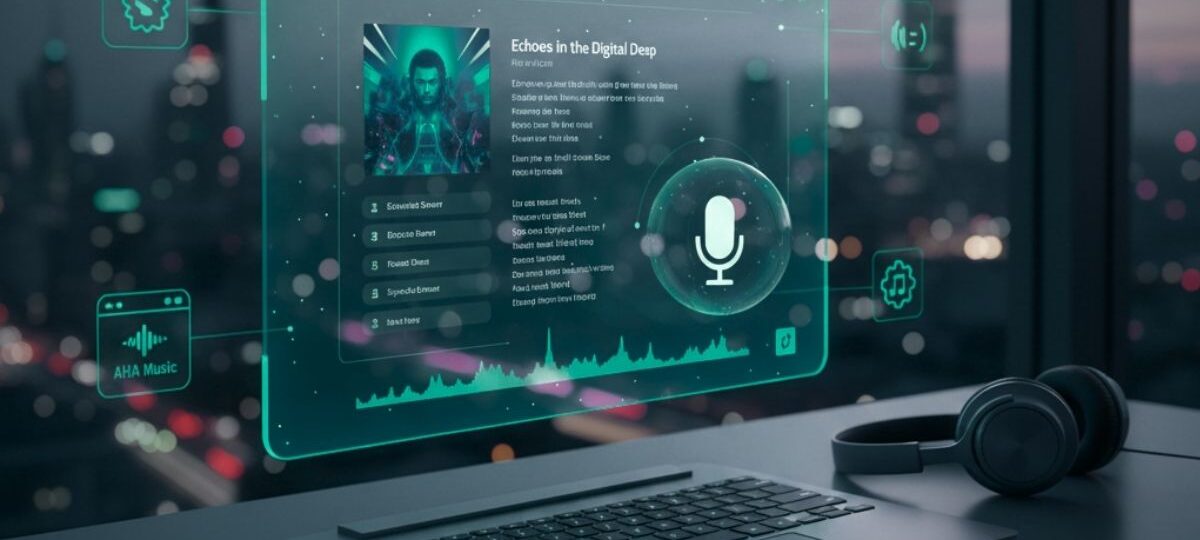Have you ever heard a fantastic song while watching a movie, scrolling through social media, or listening to a web stream and desperately wished you knew its name? For years, the go-to solution on mobile devices has been Shazam, the iconic app that can “listen” to music and instantly tell you the artist, title, and album.
But what if you’re primarily on your PC—a desktop or laptop running Windows or macOS? Shazam does have a native application for Mac and a limited web version, but its integration and feature set aren’t always as seamless as the mobile experience, especially on Windows.
Fortunately, the world of music recognition software has undergone significant expansion. Several powerful, feature-rich Shazam alternatives for PC can elevate your music discovery experience. They use your computer’s microphone (or even internal audio on some systems) to identify tracks, build discovery lists, and integrate with streaming services.
Why Look for an Alternative?
While Shazam is excellent, PC users often seek alternatives for a few key reasons:
- Windows Integration: Shazam’s native support and deep integration are strongest on macOS/iOS, making the Windows experience feel secondary.
- Internal Audio Recognition: Many users want to identify music playing from their own PC (e.g., in a game or a video) without needing to play it out loud into a microphone.
- Feature Set: Alternatives often offer unique features, such as lyrics syncing, automatic playlist creation, or direct exporting to services like Spotify and Apple Music.
The Top 7 Shazam Alternatives for PC
Here are the best music recognition tools available for desktop and laptop users, designed to enhance how you discover and interact with music.
- SoundHound
- Midomi
- AHA Music
- AcoustID (and Integrations like MusicBrainz Picard)
- Audiggle
- WatZatSong
- Lyrically (Formerly SoundID)
1. SoundHound

The Strongest All-Around Contender
SoundHound is arguably Shazam’s biggest rival in the mobile space, and its desktop presence is equally robust, offering a seamless experience.
- Platform Availability: Web (Excellent), Windows (via Microsoft Store/App), macOS (via App Store).
- Key Feature: SoundHound is famous for its “singing/humming” feature. If you can’t play the song but can remember the tune, you can hum or sing it into your PC’s mic, and SoundHound will try to identify it—a feature Shazam has historically struggled with.
- Music Discovery: It provides rich information, including full lyrics that scroll with the song, artist bios, and integration with music videos.
2. Midomi
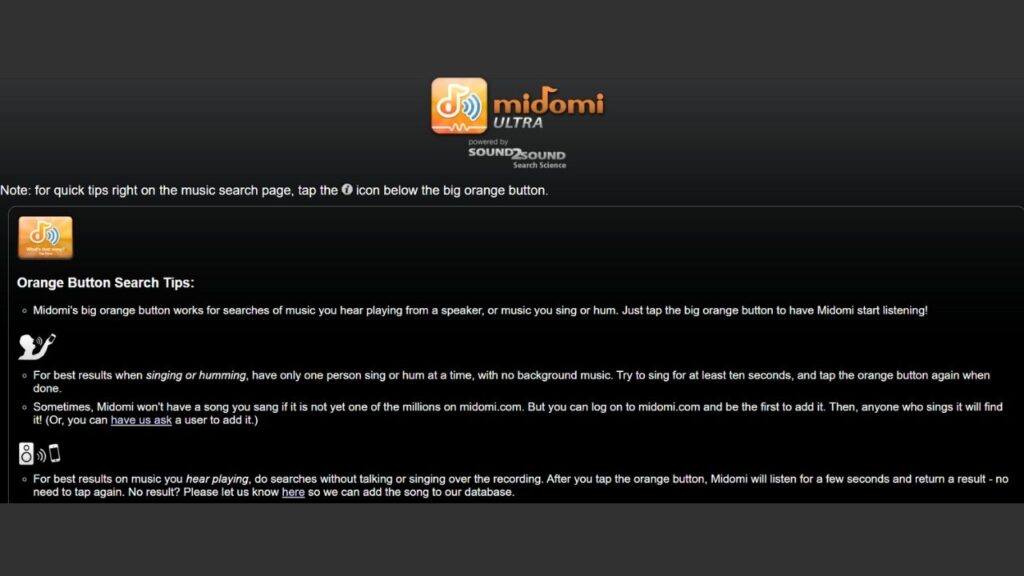
The Web-Based Powerhouse
Midomi is owned by SoundHound and primarily exists as a powerful, feature-rich website. This makes it a platform-agnostic alternative that works perfectly on any PC with a browser.
- Platform Availability: Web (Browser-based).
- Key Feature: Like SoundHound, Midomi excels at identifying hummed or sung melodies. Because it’s a web tool, it requires no installation, making it the fastest option to get up and running on a borrowed or work PC.
- User Experience: The interface is clean and immediately prompts you to click and start recording for identification.
3. AHA Music
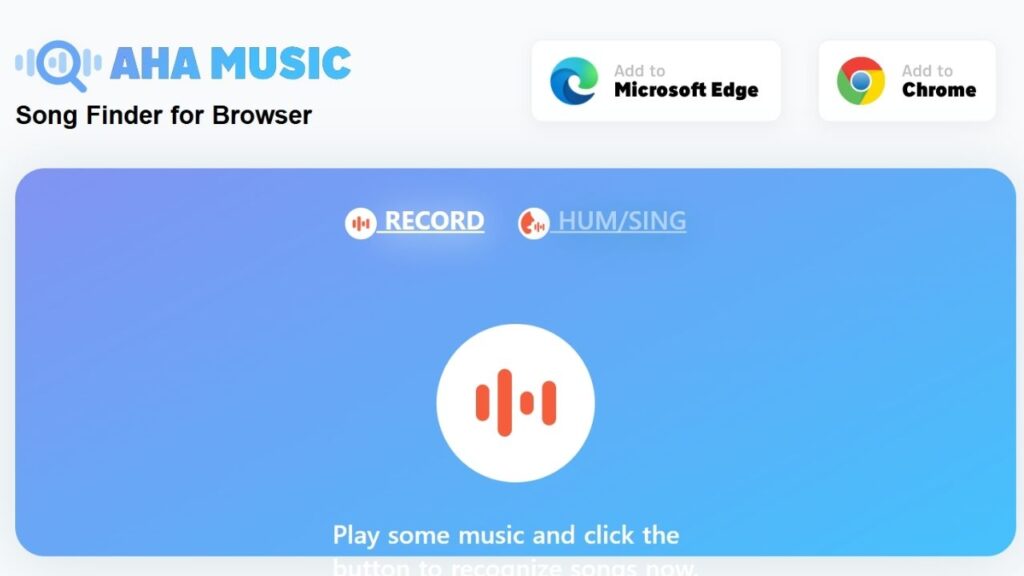
The Ultimate Browser Extension
For many PC users, the music they want to identify is playing right in their browser (YouTube, TikTok, a news stream). AHA Music is a Google Chrome extension that specializes in identifying music playing in the current tab.
- Platform Availability: Google Chrome/Brave/Edge extension.
- Key Feature: It identifies the track without needing a microphone. It analyzes the audio stream coming directly from the web page. This is a game-changer for identifying embedded music in videos or live streams.
- Convenience: A single click on the extension icon provides the song name, artist, and direct links to listen on popular streaming platforms.
4. AcoustID (and Integrations like MusicBrainz Picard)
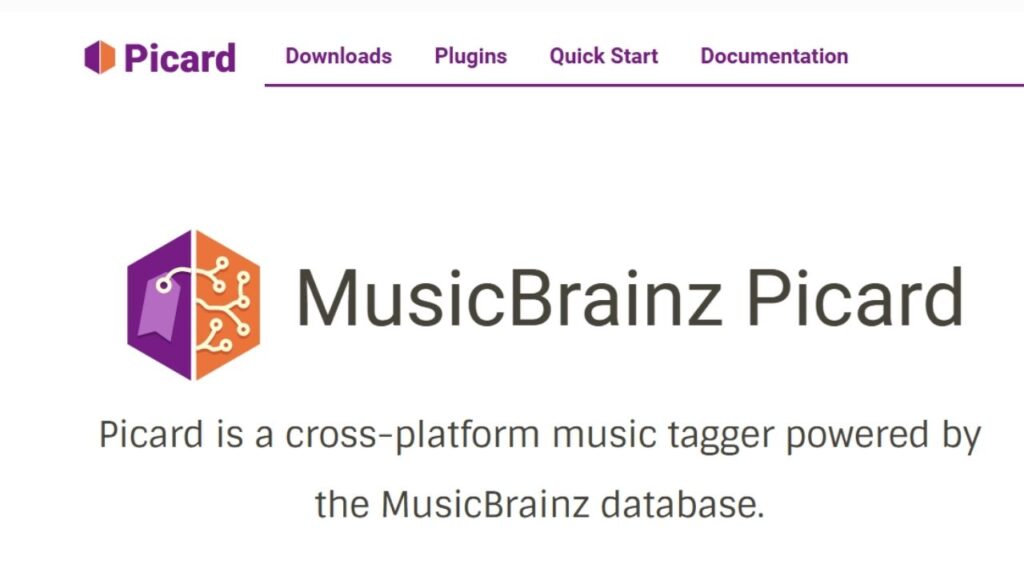
The Open-Source, Power-User Tool
AcoustID is not a consumer-facing app like Shazam. It’s an open-source project that creates unique fingerprints (AcoustIDs) for audio files. While not a direct “listen-and-identify” tool, it’s essential for users who want to organize their existing music collection or get metadata for files they’ve downloaded.
- Platform Availability: Integrates with tools like MusicBrainz Picard (Windows, macOS, Linux).
- Key Feature: It’s perfect for tagging large music libraries. If you have files with confusing names (like “Track01.mp3”), MusicBrainz Picard can use the AcoustID fingerprint to automatically rename the file and add correct metadata (artist, album, year, etc.).
- Best For: Music collectors, DJs, and anyone who needs to clean up a large local music library.
5. Audiggle
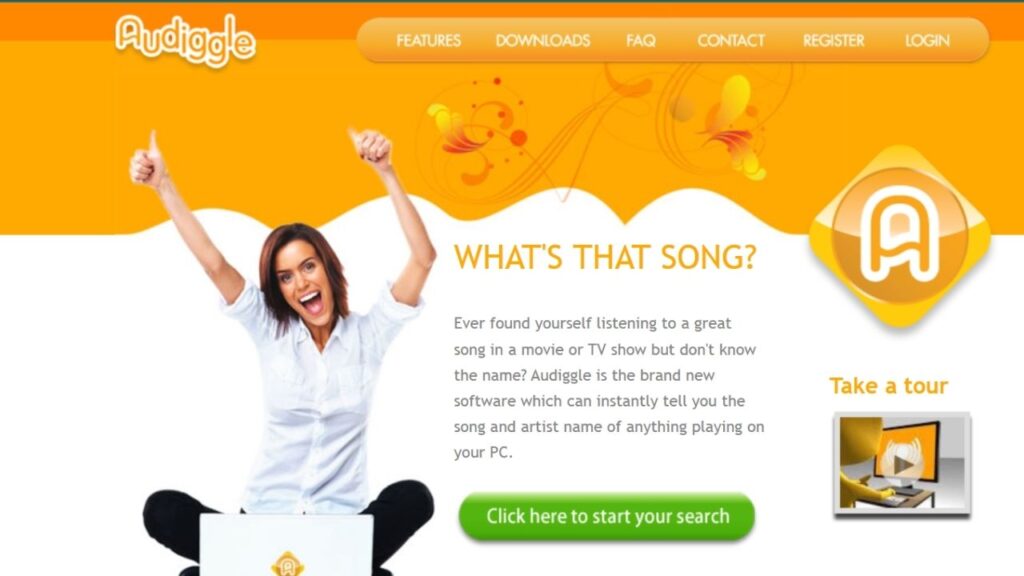
The Classic Windows Desktop App
Audiggle is a dedicated desktop application, primarily for Windows, that has been around for years and focuses on recognizing music playing from your computer’s sound card or your physical microphone.
- Platform Availability: Windows.
- Key Feature: Designed specifically for the Windows environment, it is often more reliable than web tools for capturing internal sound from older systems. It keeps a clean History List of all your identified tracks.
- Trade-off: The interface is a bit dated compared to newer, web-based tools, but its reliability for internal audio on Windows is a major plus.
6. WatZatSong
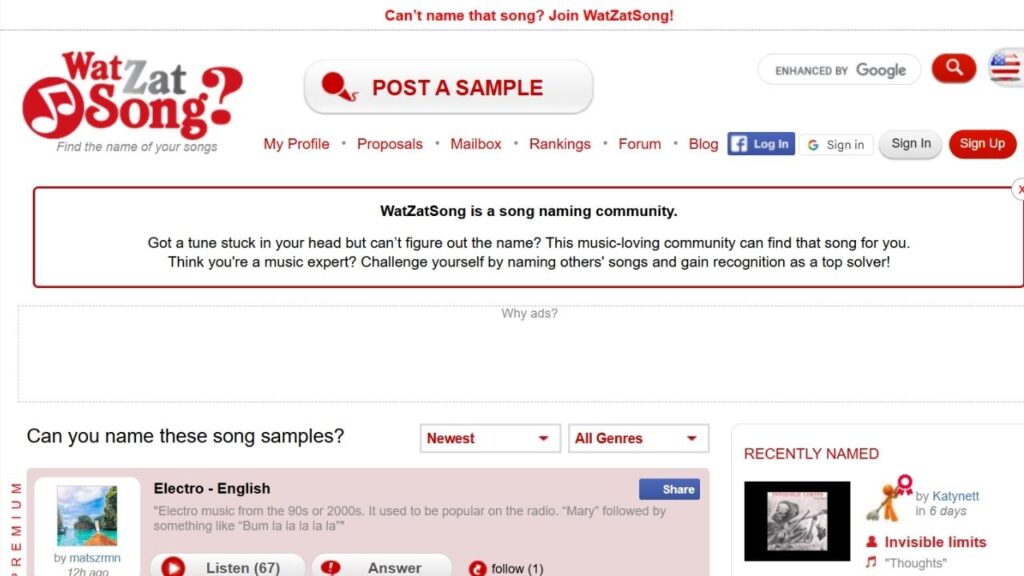
The Community-Powered Alternative
Sometimes, a song is too obscure or poorly recorded for AI to handle. That’s where WatZatSong comes in. It’s a platform where you upload a small audio clip (or hum/sing the tune), and a global community of music enthusiasts helps you identify it.
- Platform Availability: Web (Browser-based).
- Key Feature: Human-powered recognition. This is the best tool for identifying background music in videos, live tracks, obscure foreign songs, or music from a low-quality recording. You simply post your clip and wait for community members to comment with the answer.
- Best For: Stubborn, hard-to-find tracks that the AI tools fail to recognize.
7. Lyrically (Formerly SoundID)
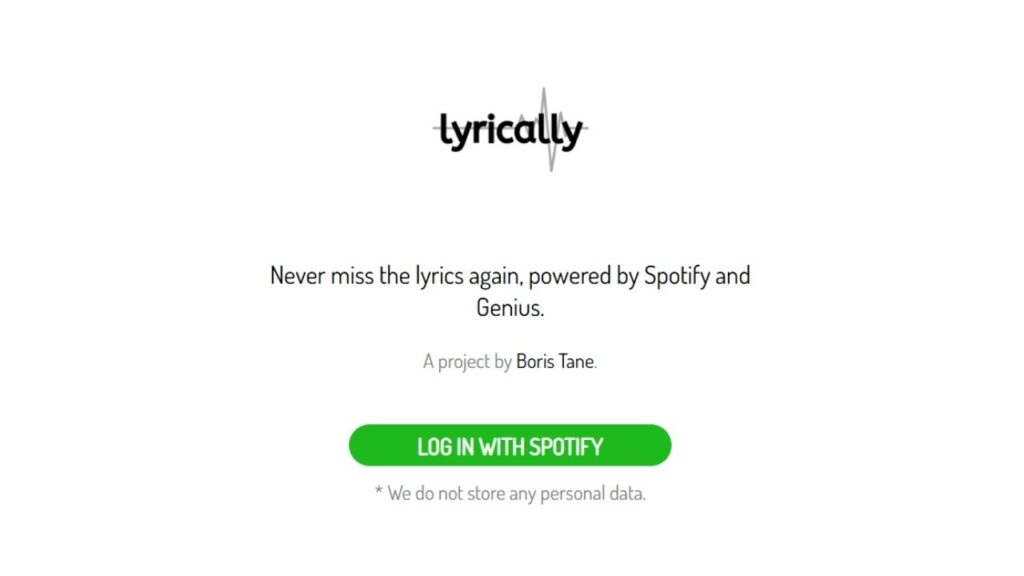
The Focus on Lyrics and Metadata
While SoundID had a broader function, Lyrically focuses intensely on providing the lyrics that match the music playing. It is often used in conjunction with a streaming player or a local music file to pull up synchronized, real-time lyrics.
- Platform Availability: Web, Windows/macOS/Linux via third-party integrations.
- Key Feature: Synchronized Lyrics. While not a pure music identifier, its ability to match lyrics to currently playing audio makes it a powerful complement to other identification tools, offering a complete music experience.
Which PC Alternative is Right for You?
Choosing the best Shazam alternative depends entirely on how you listen to music on your computer:
| Use Case | Recommended Alternative | Why? |
| Identifying Music in a Browser Tab (YouTube, TikTok) | AHA Music | Analyzes the internal audio stream directly; no mic needed. |
| Identifying Music via Microphone (from a TV, radio, etc.) | SoundHound or Midomi | Best AI accuracy, especially with singing/humming. |
| Identifying a Track from a Confusing Local File | AcoustID/MusicBrainz Picard | Essential for cleaning up and tagging music libraries. |
| Identifying a Very Obscure, Lo-Fi, or Rare Track | WatZatSong | Leverages the knowledge of a global community. |
| Windows Desktop Reliability (Internal Audio) | Audiggle | Dedicated Windows application for consistent audio capture. |
Export to Sheets
By utilizing one of these powerful Shazam alternatives, you can ensure that no catchy tune slips through your fingers again, all from the comfort of your PC.
How Do I Get Google to Identify a Song on PC?
Using the Chrome Shazam Extension
Identifying songs on a PC can be seamlessly achieved through the Chrome Shazam extension. Despite the absence of a built-in Google feature for PCs, this extension serves as an effective Shazam alternative for PC users. Install it from the Chrome Web Store, and you’ll be able to identify songs playing in any browser tab with a simple click. For users who enjoy streaming media, it offers smooth integration for services like YouTube and Netflix. Simply enjoy your content, and let Shazam do the heavy lifting of identifying the music.
Steps to Use the Shazam Extension
- Install Shazam: Visit the Chrome Web Store to add the Shazam extension to your browser.
- Activate Shazam: Play the media containing the song you wish to identify.
- Identify the Song: Click the Shazam icon when the song is playing. Within moments, it provides you with the song details, including artist and title.
This service stands out among other websites like Shazam, offering a seamless experience directly through your browser. It’s like having a music wizard at your fingertips—no app switching required, just pure, uninterrupted immersion in discovering what’s better than Shazam for PC environments.
Conclusion
In exploring the top seven Shazam alternative PC, you have unlocked a diverse range of tools to enhance your music discovery experience. Each alternative offers unique features, from extensive music libraries and advanced audio recognition to seamless integration with your favorite platforms. By diversifying your toolkit, you empower yourself to delve deeper into the world of music, identifying tracks with precision and connecting with a global community of music enthusiasts. Whether you seek simplicity or robust functionality, these alternatives ensure that your audio exploration remains both enriching and enjoyable. Embrace these options and elevate your musical journey to new heights.

